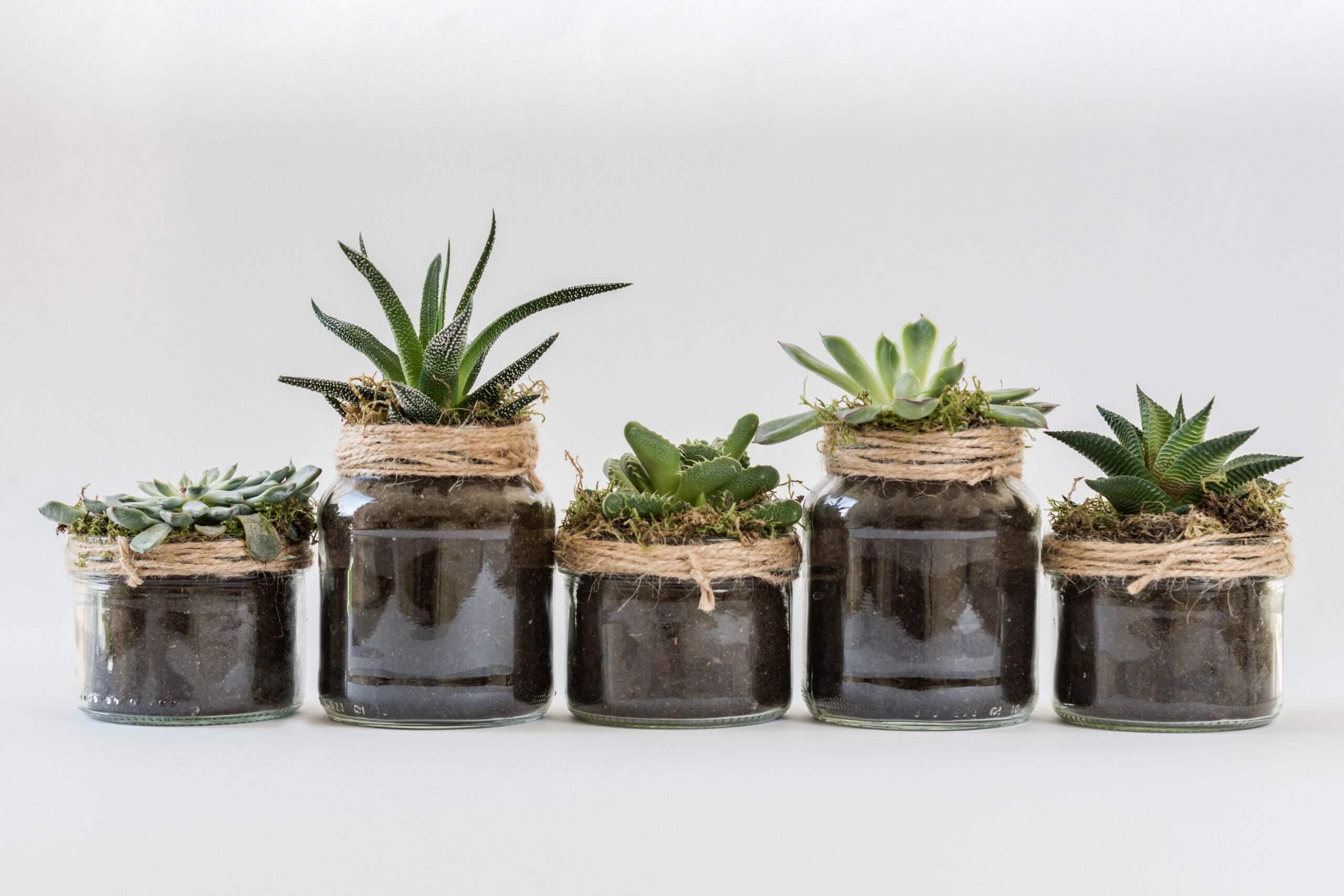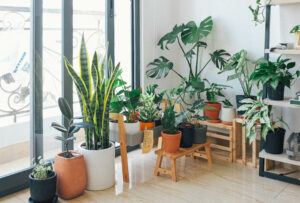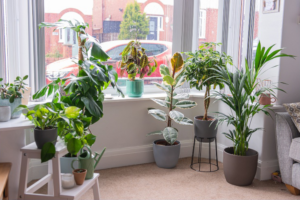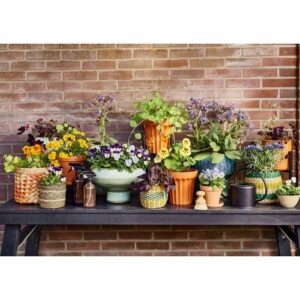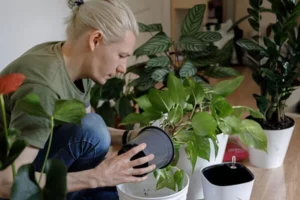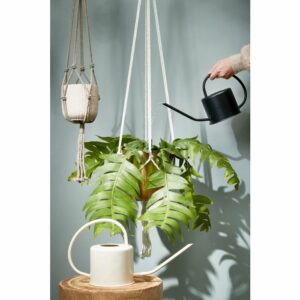Are you worried about the health of your indoor plants? After what has definitely been a difficult Winter, it’s time for your to find out whether you have a dead or dying plant, and see if there is anything you can do to help! If you’re looking at how to save a dying house plant, then read on to find out more…
Why Do I Have a Dying Plant?
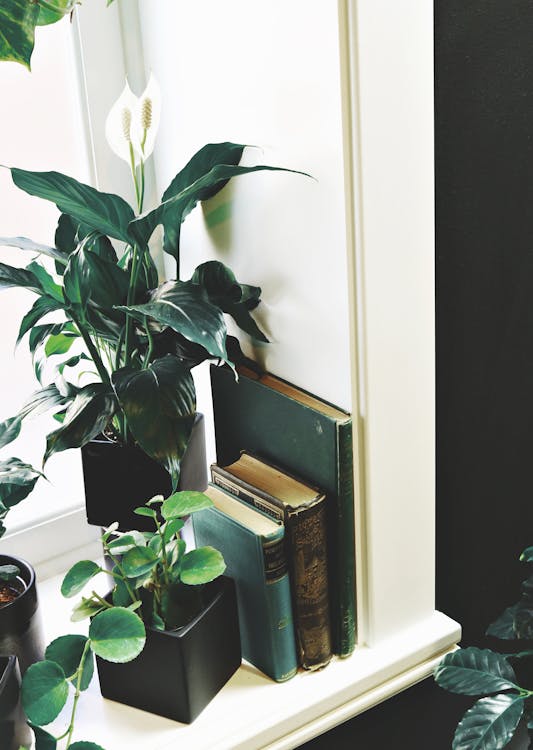
Over the Winter months, caring for house plants is hard! During this period, your plants are in dormancy and the only thing that is likely to happen is things going wrong. The cold UK climate is all pain and very little gain for your house plants.
During this period, you may see your plants beginning to wilt, brown, or even go mushy depending on the particular plant. From air conditioners to freezing temperatures, there are hundreds of reasons why you may have a dying plant.
That’s why we have developed this definitive list to work out why your indoor plants may be suffering during the winter months and what you can do to stop them! Whether it’s changing your potting soil, buying a new set of pruning shears, or even moving your plant into a room with moist air, there are plenty of things you can do to save your dying house plants!
What is Wrong With My Dying Plant?
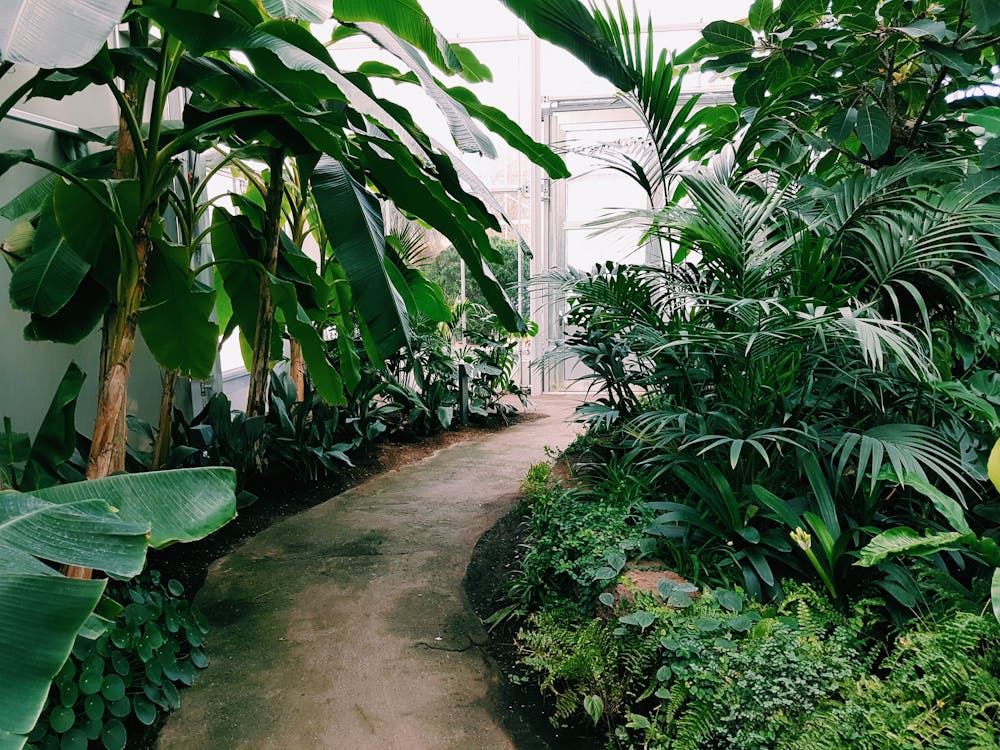
Sometimes it can be difficult to work out why your indoor plants are beginning to suffer. Is it too much sun or excess water? These are the questions often asked when looking at how to save a dying house plant. With this handy list of things to watch out for, you’ll be a plant doctor in no time!
Too Little or Too Much Sun?
When thinking about sunlight, the telltale sign of an unhappy plant is always going to be its leaves. If a plant has enough light, then its leaves will be a lovely deep green colour. They’ll often be strong to the touch as well!
If a plant does not get enough sunlight, then your plant will produce small, pale leaves on weak stems. Spindly and leggy growth can stunt the growth of your houseplant. In rare cases, you may also see leaves turning yellow as well.
Be sure to place this plant in indirect light or direct sun, depending on the plant! From here, keep a close eye on your plant to see if it makes a recovery. It may be best to let
When a plant gets too much sun, this can cause the chlorophyll in the leaves to break down. In turn, this may cause your plant’s leaves to turn brown and become very brittle.
To treat scorched leaves, you will probably need to cut your plant’s affected leaf to its nearest root/stem and wait for regrowth. Be sure to use some sterilised pruning shears! If your plant begins to leak sap, be sure to wipe it up with a dust cloth.
Too Much or Too Little Humidity?
Put simply, humidity is the amount of water vapour present in any given environment. All plants love different environments, from rainforests to desert conditions. It’s your job to replicate this as precisely as possible!
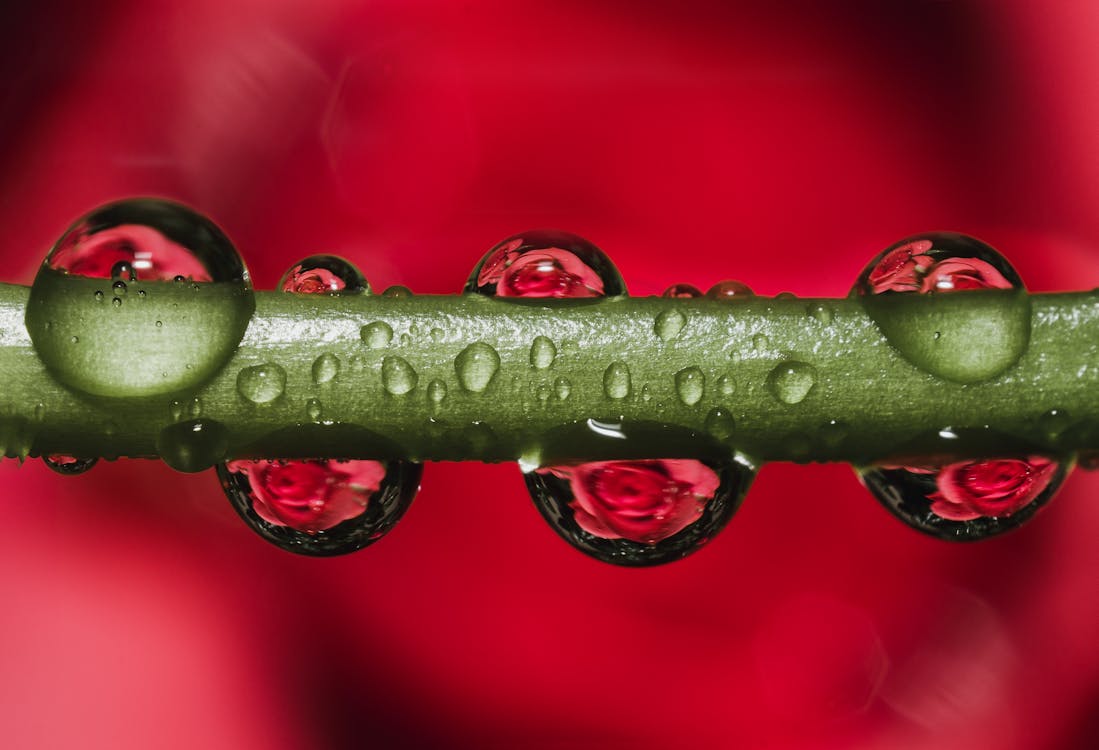
If a plant is not used to humid conditions, then this may cause your plant’s growth to stunt. If an area is too humid, your plant will not be able to get rid of the water vapour, leading to many of the same problems as overwatering. As plants absorb too much water, this means they will receive too many nutrients at once from their soil.
Too much humidity will often manifest itself in your plant’s leaves. Look out for brown withering tips, dying flowers, and brown edges.
To recreate humid conditions (increase humidity) in your home, you can always use a water plant mister or a humidifier. Why not give your plants a shower as well?
My Plant has Yellow and/or Brown Leaves…
Yellow leaves are usually a sign of one thing – overwatering! If they’re looking droopy as well, then you have your diagnosis. To treat an overwatered plant, be sure to let the soil dry out fully before watering again.
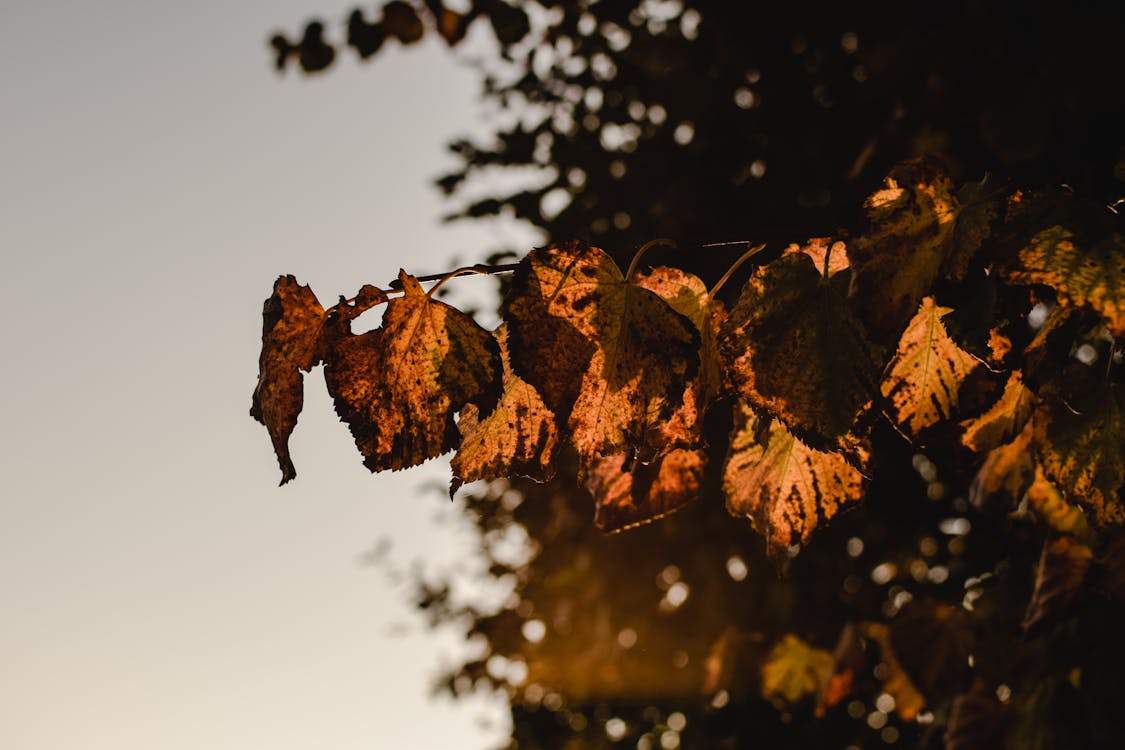
It may also be wise to read up on a plant care guide, so you can see how much water your plant needs. Most plants love being watered every 7-10 days. But don’t go the other way either! very few plants (with the exception of cacti and succulents) like bone-dry soil.
Yellow leaves can also be a sign of poor drainage in your plant’s soil. To make sure your plant has a good drainage system in place, be sure to add some vermiculite into your soil. This will help maintain soil structure and irrigate your plant.
My Plant’s Stem is Turning Mushy…
If your plants have mushy stems, then there is often very little that can be done. This is a sign of catastrophic overwatering. In this instance, your best bet is going to be repotting into some new soil.
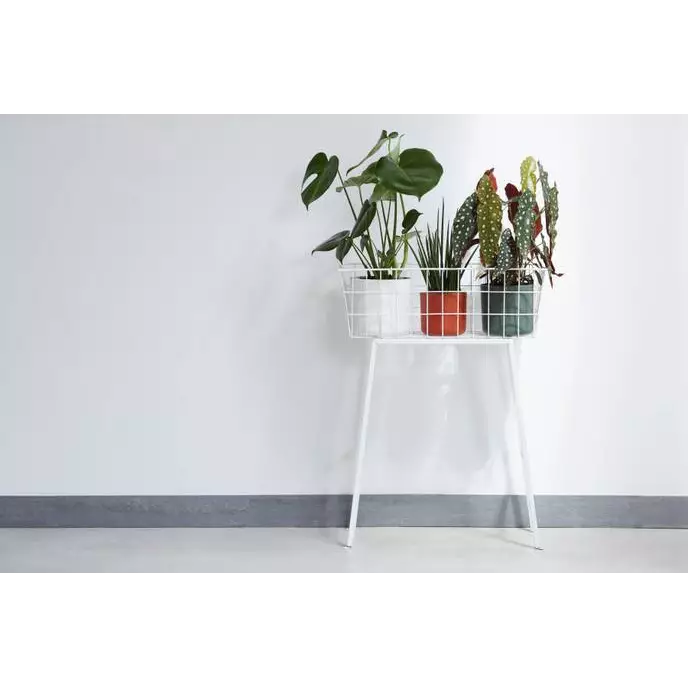
If you’re looking to repot, then be sure to choose your potting mix with good drainage and plenty of structure. Too much water can often cause soil to compact down and damage the roots of your plants.
If your plant has a mushy stem, then a bamboo cane or moss pole may also be a wise choice. If you have a Swiss Cheese Plant or a Money Tree, then this is definitely recommended.
How To Save a Dying House Plant In The Future…

Here are a couple of homemade remedies and general plant care tips that can help you keep your plants alive. If you follow our top tips, then we’re sure you’ll be a natural in no time!
Pruning Your Indoor Plant
The aim of pruning is to promote one thing: new healthy growth. Whilst many gardeners hide away from pruning, it is actually a vital part of plant care.
When it comes to pruning, you want to cut your stems or foliage back to the nearest sign of healthy growth. Pruning your plants on a monthly basis with some pruning shears does your plants a world of good. Especially with bonsais!
Watering Your Indoor Plant
Watering your plant is going to be the first (and most important) job! Water enables your plants to photosynthesize and grow. Be sure to follow a watering guide before you begin watering any plant you own. This way, you will be able to avoid any little mishaps!
The finger or thumb trick is always a great way to know if your plant needs watering. Simply, place your thumb into the soil of your plant (about a half inch). If it is dry, then it is probably time to water!
When watering, always pour water slowly. Not only does make the job a little cleaner, but it also enables you to control where you’re watering, ensuring an even dispersal around the soil.
Fertilising Your Indoor Plant
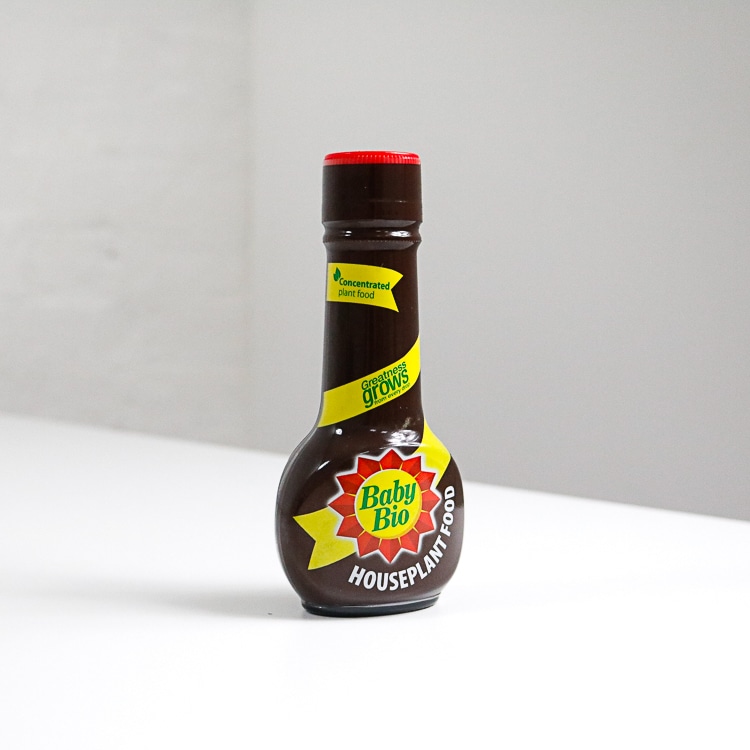
Fertiliser is essential if you want to see your plants thrive over the long term. As your plants grow, they will absorb many of the nutrients in your soil, or potting mix. Using a well-balanced fertiliser bi-weekly or monthly will ensure your plants’ roots, leaves, and stems all remain healthy.
Repotting Your Indoor Plant
How do I know when it is time to pot? That’s probably the question on your mind. Your plant will be ready for repotting when it becomes root-bound. This means you’ll be able to see your plant’s roots through the bottom of the pot.
Before you repot, have a look at what size nursery pot your plant is already in. Then, you’ll want to buy a new pot that is 2-3cm larger in diameter. As well as using new soil, be sure to give your plant a good watering.
Want to Find Out More?
If you’re looking for more advice on how to save a dying house plant, we always find Good Housekeeping and Gardener’s World to be a great place to look.
If you have any questions about how to save a dying plant, don’t hesitate to give us a call or send in an Emil. We’re always happy to help!
